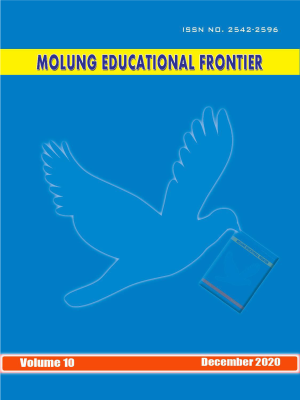Trade Deficit in Nepal: Relationship between Trade Deficit and Budget Deficits
DOI:
https://doi.org/10.3126/mef.v10i0.34076Keywords:
Foreign trade, growth trend, linkages, twin deficits, descriptive statisticsAbstract
Nepal has bitter experiences of trade deficit; it has become the tradition of the country. The trade deficit of Nepal has been widening since the decades. The statistical data shows that around 80 percent of imports are from India and China. The growth trend of foreign trade has been increasing in different years after year with a huge amount of trade deficit. As the size of foreign trade increased the trade deficit of Nepal has-been increasing as well. The government of Nepal has been announcing the deficit budget. This study focused to analyze the trends of trade deficit of Nepal and observing the relations of trade deficit and budget deficit. Simple statistical tools are applied to analyze the trend and growth of foreign trade of Nepal and correlation and simple linear regression model has been used to examine the linkages between trade deficit and budget deficit of Nepal. The study has found a strong positive relationship between trade deficit and budget deficit of Nepal. As result, there is a significant impact of budget deficit on trade deficit. The finding of the regression analysis indicates that budget deficit is a significant predictor of trade deficit.
Downloads
Downloads
Published
How to Cite
Issue
Section
License
© Molung Foundation




